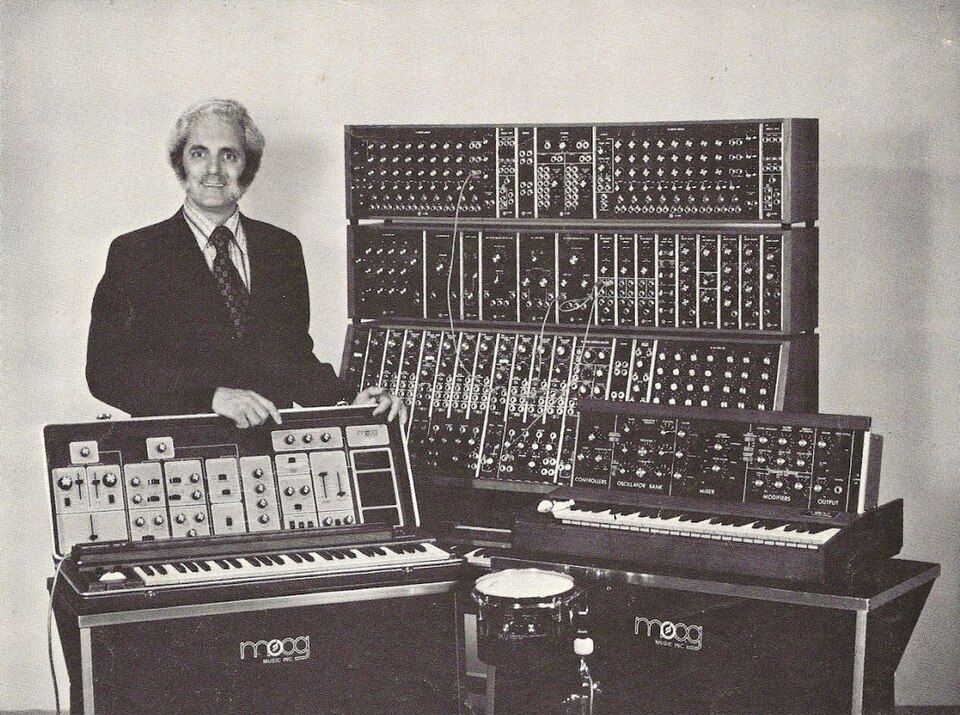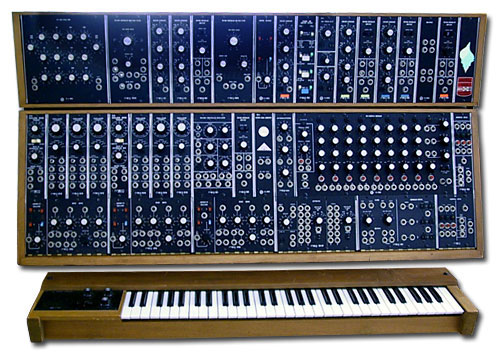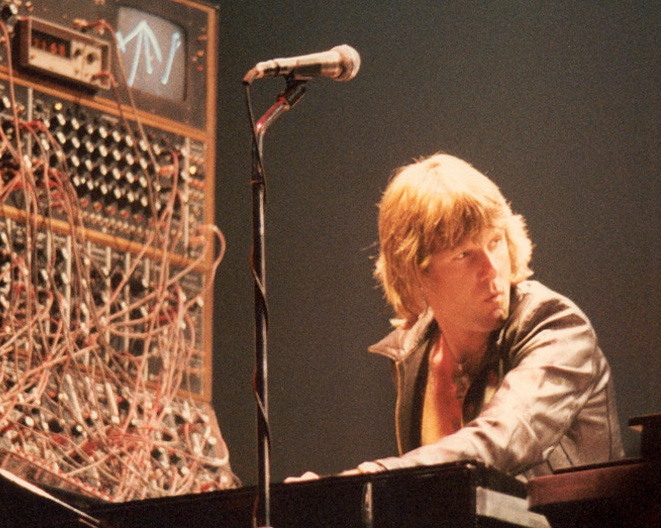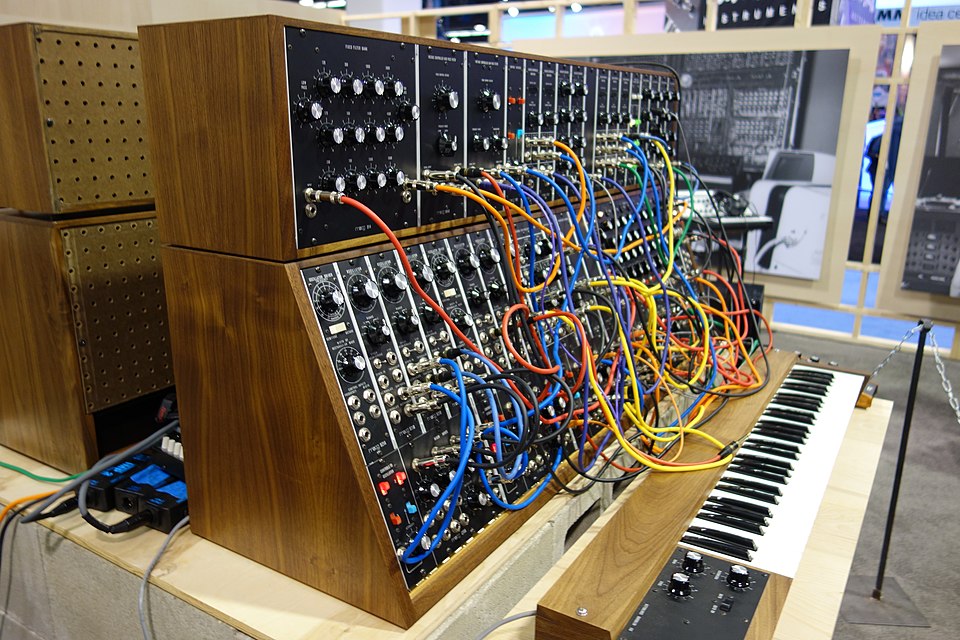Moog Synthesizer – The Sound That Changed Music Forever

When you think of electronic music, those spacey, rich, warm tones that have defined everything from Pink Floyd to Daft Punk, chances are you’re hearing the unmistakable soul of a Moog Synthesizer. But this isn’t just any instrument. The Moog (pronounced “mogue”, rhyming with “vogue”) isn’t just a brand, it’s a revolution in sound.
A Brief History of the Moog 🎹
The story begins in the 1960s, when Dr. Robert Moog, an engineer with a fascination for electronic sound, took on the challenge of making synthesizers more accessible to musicians. Prior to Moog, synthesizers were massive, complex, and often limited to academic labs or avant-garde composers.
But Moog changed everything with the introduction of the Modular Moog Synthesizer in 1964. These machines, with their tangle of patch cables and glowing knobs, allowed musicians to sculpt sounds like never before. It wasn’t long before they made their way onto stage and into studios around the world.

Moog Modular 55 – Creative Commons | Author: The original uploader was Kimi95 at Italian Wikipedia. – Source: https://commons.wikimedia.org/wiki/File:Moog_Modular_55_img2.jpg
How the Moog Works (And Why It Sounds So Good) 🎵
At its core, a Moog synthesizer is about analog subtractive synthesis. That means starting with raw, rich waveforms (like sawtooth or square waves), then shaping them using filters, envelopes, and modulation.
The magic lies in Moog’s legendary ladder filter, a smooth, creamy-sounding low-pass filter that gives Moog synths their signature warmth. When you hear a Moog, it feels alive, organic even. There’s a warmth and unpredictability in its analog circuits that digital synths have tried to replicate for decades.
The Moog in Music 🎶
The Moog didn’t just change how music was made—it changed what music could be. Here are just a few artists and albums that put the Moog on the map:
Wendy Carlos – Switched-On Bach (1968): One of the first albums to use a Moog synthesizer exclusively, blending classical music with futuristic sounds.
Emerson, Lake & Palmer – Keith Emerson made the Moog modular part of his stage persona, playing massive stacks live.
Stevie Wonder – Albums like Music of My Mind and Talking Book feature lush Moog basslines and textures.
Kraftwerk, Gary Numan, Jean-Michel Jarre, and Daft Punk—all have harnessed Moog’s sound for synth-pop, techno, and electronic landscapes.

Keith Emerson performing with a Moog synthesizer in 1970 – Creative Commons | Author: Surka – Source: https://commons.wikimedia.org/wiki/File:Emerson_moog.jpg
Modern Moogs: Vintage Vibe, Modern Build 🔧
Today, Moog Music (still based in Asheville, North Carolina) produces both reissues of classic instruments and modern synths like:
Minimoog Model D – Possibly the most iconic monosynth ever.
Moog Subharmonicon – A semi-modular polyrhythmic beast.
Matriarch & Grandmother – Retro-style semi-modular synths perfect for exploration and live performance.
Moogerfooger Effects – Pedals and plugins that bring analog magic to any setup.
What sets Moog apart is their craftsmanship—each unit is built by hand, with attention to detail and a love for the art of sound.

Originally produced from 1973 to 1981, Moog reissued the System 55 in 2015 in a limited run of 55 units. – Creative Commons | Author: Pete Brown – Source: https://commons.wikimedia.org/wiki/File:2015_NAMM_Show_-_DSC00548_(16184488659).jpg
Why the Moog Still Matters 🌌
In a digital world full of presets and samples, the Moog is a reminder of the beauty of raw sound and human touch. It’s not just an instrument, it’s an invitation to explore, experiment, and express.
Whether you’re a synth veteran or just diving into electronic music, spending time with a Moog is like taking a journey through the cosmos, with voltage as your compass.
Redefined What it Means to Create Sound 🔊
The Moog Synthesizer isn’t just a piece of gear, it’s a cornerstone of musical innovation. It helped shape genres, inspired artists, and redefined what it means to create sound. And decades later, it’s still doing exactly that.
Have you played a Moog? Dreamed of owning one? Let me know your favorite Moog moments or sounds in the comments below! 🎶
References:
Wikipedia










